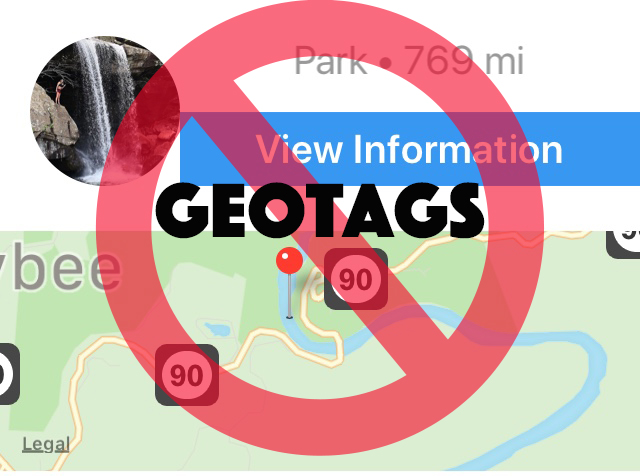

=ImportAPI("Geocodio",CONCATENATE("",ENCODEURL(E2),"&api_key=YOUR_API_KEY&format=simple&fields=school"))

=ImportAPI("Geocodio",CONCATENATE("",ENCODEURL(E2),"&api_key=YOUR_API_KEY&format=simple&fields=timezone")) =ImportAPI("Geocodio",CONCATENATE("",ENCODEURL(E2),"&api_key=YOUR_API_KEY&format=simple&fields=census")) This also works with field appends, so you can, for example, add Census FIPS codes or timezones to your spreadsheet, like so: The results will then be printed alongside your addresses. =ImportAPI("Geocodio",CONCATENATE("",ENCODEURL(E2),"&api_key=YOUR_API_KEY&format=simple"))ĭrag the formula down the spreadsheet, and it should run. In the next column over, you'll insert the ImportAPI function, which can only be used if you have the API Connector add-on installed. You need one of the following combinations: (To see an example concatenation function, see Step 3 above.) Notice in the example below that the addresses do not need to be complete. (Don't worry.)Įach address should be in one cell. This is a good error! This means you have set it up correctly. We suggest something simple and one-word like Geocodio. If you want them in the same sheet, it doesn't matter what you put there. If you want to print the results to a new sheet, specify that in the Destination Sheet. Next, you'll need to configure the output. Next, put this URL in the API URL Path box, replacing "YOUR_API_KEY" with your API key.

In the API Connector window, select Create from the top menu. If you have the different components in columns A, B, C, D, you can use this function: Your addresses must be formatted consistently and in the one-column format. Organize your addresses in the spreadsheet To prevent runaway requests, consider not adding a credit card to your account to start (which will limit you to 2,500 lookups per day) or add a limit to your account. Create a Geocodio API keyĬreate a Geocodio account and then create an API key here.
#Google geotag install
Install the API Connector Google Sheets add-on to add the Geocodio API to your spreadsheetįirst you will need to install the API Connector Google Sheets add-on. This process may take up to half an hour to set up, so you may want to grab a glass of water and a snack before diving in. If you need global geocoding, you'll need to use another provider. Note: Geocodio only supports US and Canada.
#Google geotag how to
Maximal images size (pixels) - Resize input photos to defined maximal width and height - in pixels.This tutorial will walk you through how to add geocoding (latitude and longitude) to addresses in a Google Sheet.Geotagged photos - Requires photos having geotag (GPS position tag in EXIF metadata).Keywords: geotag, gps, photos, kmz, google earth
#Google geotag download


 0 kommentar(er)
0 kommentar(er)
